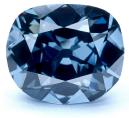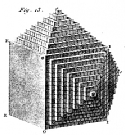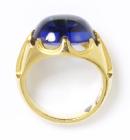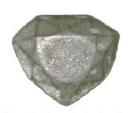Gems in Transit: Materials, Techniques and Trade, 1400-1800
A two-day workshop on the art, science, trade and consumption of gems in the early modern world
Monday 18th May, 2015 at Millburn House, University of Warwick
Tuesday 19th May, 2015 at Victoria and Albert Museum, London
In the early modern period, as today, gems were the ultimate ‘hybrid objects.’ They played key roles in decorative art, global trade, and science and medicine. The aim of this workshop is to connect the many roles of early modern gems by bringing together historians of different stripes who study gems as material objects. Participants will consider practices—such as mineral collecting and gem appraisal—that combined two or more of these roles. They will also trace the movement of gems and gem-related skills between communities of different kinds, including merchants, diamond-cutters, goldsmiths, natural philosophers, gem connoisseurs and jewellery wearers. The workshop will cover the consumption as well as the production of gems and will pay particular attention to the movement of gems into Europe and around Europe.
This workshop will address three large questions about the early modern world: what role did artisans, and especially those concerned with the decorative arts, play in early modern science? What impact did newly-available foreign goods have on European culture in this period? And what was the place of ‘old luxuries’, such as diamonds and rubies, in an age obsessed with ‘new luxuries’ such as porcelain and painted cotton? The workshop will also cover a range of other gem-related topics, including theft, taste, counterfeit, and the concept of preciousness.
Spaces for this workshop are limited. If you are interested in attending, please email m.bycroft@warwick.ac.uk.
Workshop organisers: Dr Michael Bycroft (University of Warwick), Prof. Sven Dupré (MPIWG), Dr Marta Ajmar (V&A)
This workshop is a collaboration between the Global History and Culture Centre at the University of Warwick, the Victoria and Albert Museum (London), and the Max Planck Institute for the History of Science (Berlin).
 |
 |
 |




